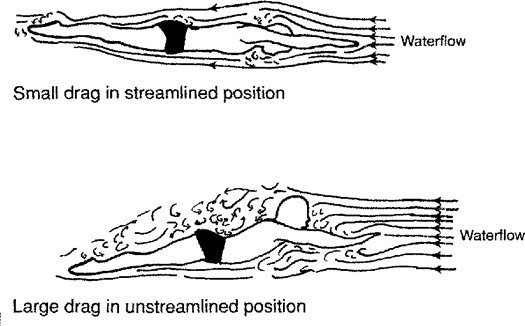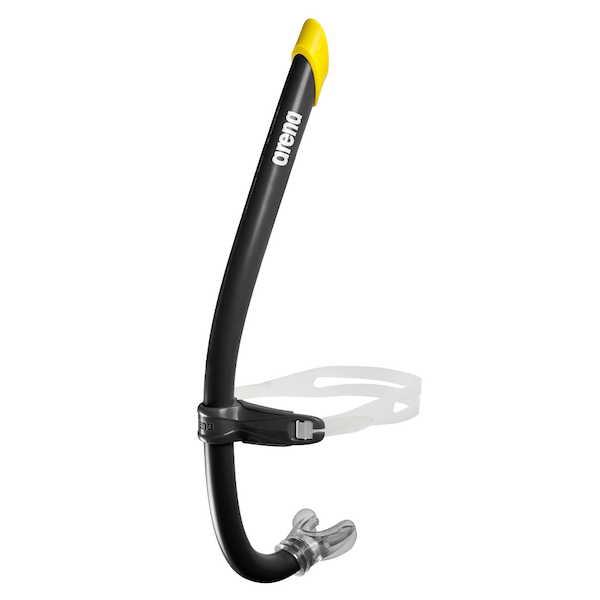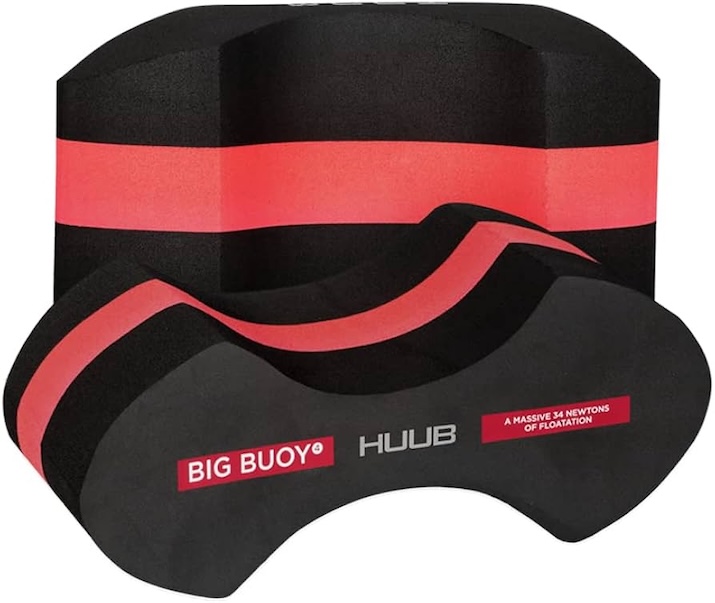Freestyle for Beginners
Learning proper freestyle swimming technique can be quite daunting for a complete beginner.
In this blog post I want to cover some of the key problems I encountered when I started, and how to solve them:
- How to have a streamlined body position that reduces drag in the water.
- How to propel your body forward efficiently, consuming as little oxygen and energy as possible.
Streamlined Position
The first key aspect of a good freestyle swimming technique is to achieve a good streamlined body position that reduces drag in the water.

The bigger obstacle to achieving this for a beginner is that we are typically raising up our head too much gasping for air.
As soon as we raise our head, our legs sink down, presenting a much bigger area creating drag against the water.
In practice, the goal is to have quite a neutral, relaxed head position, staying completely horizontal, with our head looking almost straight at the bottom of the swimming pool. When we want to breathe, the goal is to avoid raising the head, but simply turn it the minimum amount required to get the mouth to one side. The typical suggested check is to make sure that one of your eyes always remains under the water.
Trying to learn this breathing technique, while learning all the other swimming movements can be quite overwhelming for a beginner.
For this reason, as a beginner, it might help to use a frontal swim snorkel like the Arena Swim Snorkel Pro III. In this way, you can learn all the other body movements, while keeping your head in the right position: with a straight relaxed neck, looking towards the bottom of the swimming pool.

Once you have mastered the rest of the body movements, it will be much easier and relaxed to remove the snorkel, just focusing on the head/body rotation required to breathe.
Propulsion
Perhaps, the second most common beginner mistake is to propel your body kicking too much, rather than using your arms efficiently.
Studies have shown that 90% of the total propulsive thrust in freestyle swimming comes from the arms, and only 10% come from the legs. (See:
Relative contribution of arms and legs in humans to propulsion in 25-m sprint front-crawl swimming).
Not only legs are not particularly effective at propelling the body forward, they also consume a much larger quantity of oxygen compared to the smaller arms muscles. Typically, the most important role of the legs is to aid in the achievement of a good streamlined position, avoiding the legs to sink down.
The ideal body propulsion comes from actually “catching” and “pulling” the water. This movement is better studied looking at videos, rather than being described in words:
Although, consciously thinking about these movements, while keeping a streamlined position and breathing, can be overwhelming for a newbie.
For this reason, it is useful to have swimming sessions where you can think only about these movements, without worrying about the rest. You can achieve that using a frontal swim snorkel, and a pull-buoy between your legs. In particular, if you have long/heavy legs normal pull-buoys might not be enough to keep your body streamlined, and you might want to look at the bigger ones like the Big Buoy 4
